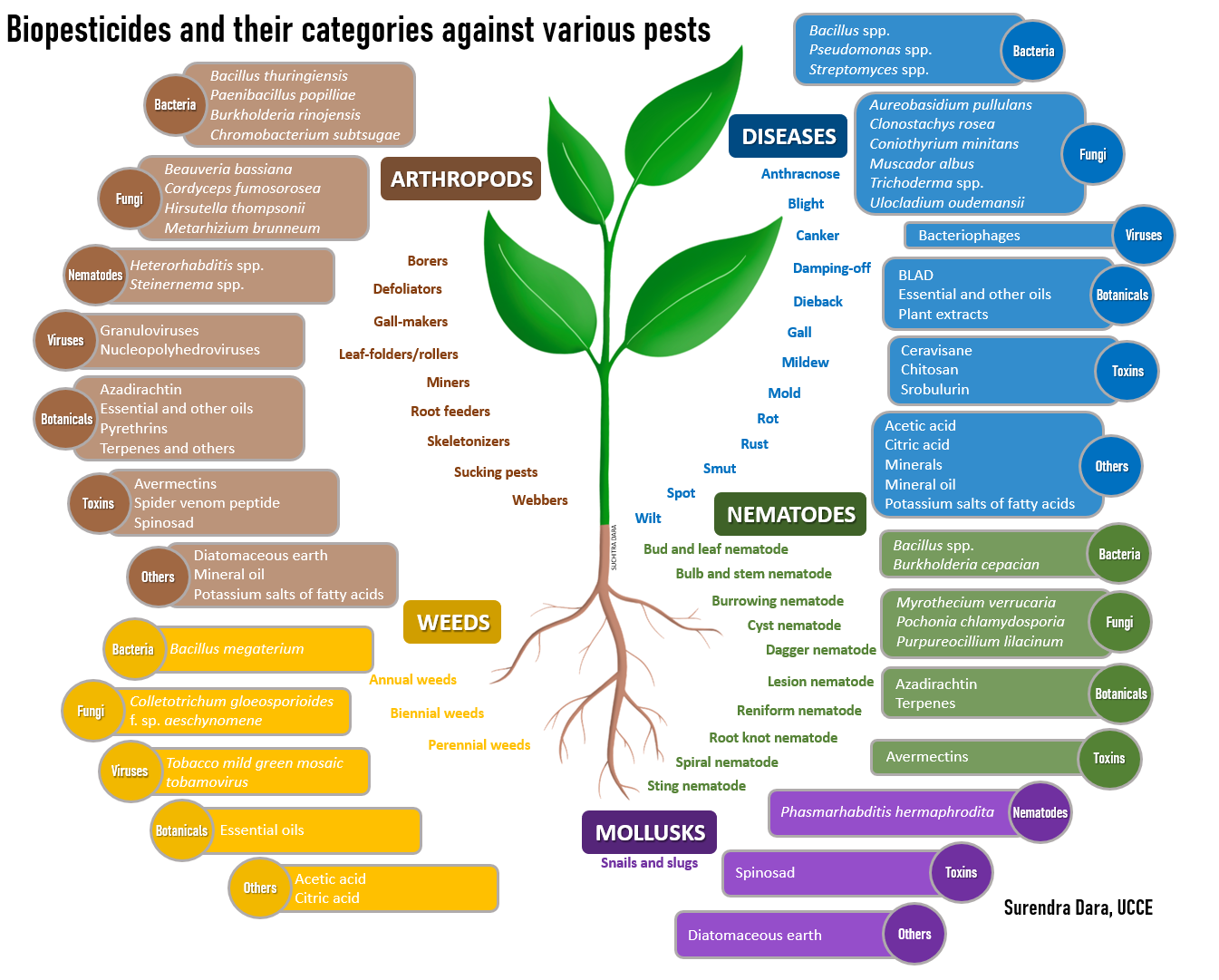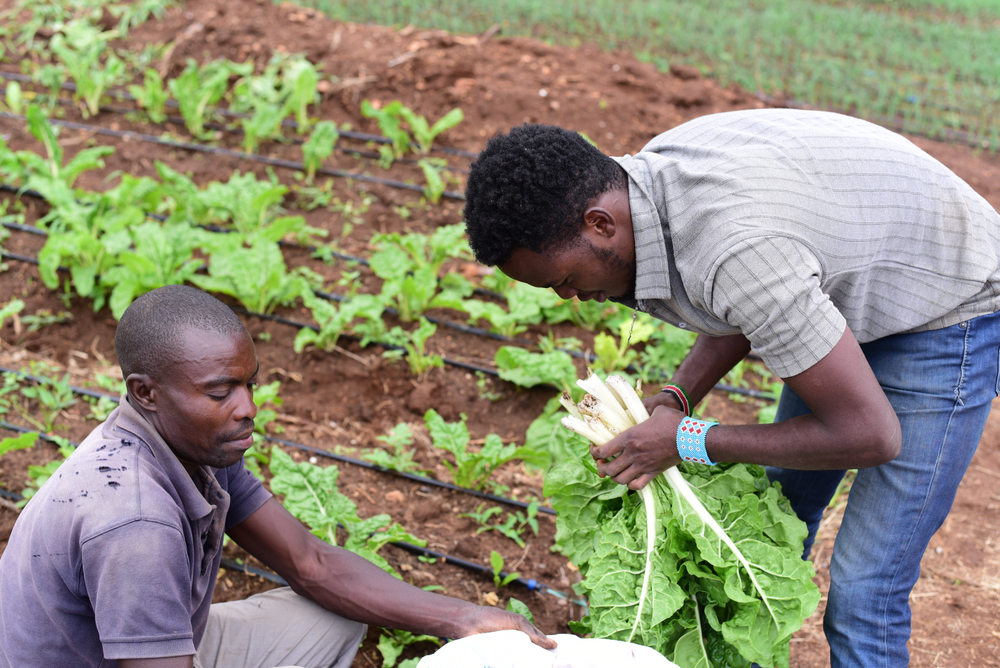 John LaRose Jr.
John LaRose Jr.
Topics: Precision AG , Weeds, Pesticides, Agriculture Global, Pest Control, Sustainability, Crop Diseases, Research, World Population, Education,
-
(0)
-
Bookmark
- Comments (0)
 John LaRose Jr.
John LaRose Jr.
Topics: Education U.S. NorthEast, Agriculture Global, Sustainability, Research, World Population,
-
(0)
-
Bookmark
- Comments (0)
 John LaRose Jr.
John LaRose Jr.
Topics: Soil Health, Agriculture Global, Water, World Population, Regenerative Agriculture,
GUEST ARTICLE -- How to be a Soil Keeper: Restoring the Regenerative Capacity that's Essential to All Living Systems
This Guest Article for REVITALIZATION was written by Kiley Arroyo. In this critical moment in our shared history, the call for transformational change is...
-
(0)
-
Bookmark
- Comments (0)
 John LaRose Jr.
John LaRose Jr.
Topics: Precision AG , Agriculture Global, Research, Ag Tech, Ag Innovation, Government / Policies, World Population, Regenerative Agriculture,
NASA Astronauts Will 'Fuel' Plants on Mars With Space Station-Born Bacteria
NASA helped discover three new bacteria species on the ISS! They will help us grow food in space.
-
(0)
-
Bookmark
- Comments (0)
 John LaRose Jr.
John LaRose Jr.
Topics: Food/Nutrition, Sustainability, World Hunger, Ag Africa, World Population, Education,
African farmers say they must be trained for Farm to Fork
African farmers fear being left alone in making sense of and applying environmental standards required by the European Union’s new food policy, said the voice of Kenya’s horticulture producers, who warned that without help, the new rules could jeopardise trade with Europe.
-
(0)
-
Bookmark
- Comments (0)
 John LaRose Jr.
John LaRose Jr.
Topics: Water, Food/Nutrition, Food Waste, Sustainability, World Hunger, World Population, Food Security/Shortage,
Food sustainability? Why are we looking for another way
The global food production industry is responsible for up to 30% of total ghg emissions. Today the world is facing the biggest food system failures that we have ever had.
-
(0)
-
Bookmark
- Comments (0)
 John LaRose Jr.
John LaRose Jr.
Topics: Agriculture Global, Economics, World Population, Regenerative Agriculture,
This technology collaborative promises a brighter future for solar
BlueDot Photonics aims to make solar power more efficient and affordable.
-
(0)
-
Bookmark
- Comments (0)
 John LaRose Jr.
John LaRose Jr.
Topics: Economics, Food/Nutrition, Sustainability, Ag India, Ag Innovation, World Hunger, World Population, Food Security/Shortage,
Innoterra looks to grow India agri business post restructuring, rebranding
Over the past five years Inoterra has invested around $60 million in its various businesses in India so far. The Innoterra platform comprises businesses such as MilkLane, Desai AgriFoods, Samaaru, Farmlink and Lateral Praxis
-
(0)
-
Bookmark
- Comments (0)
 John LaRose Jr.
John LaRose Jr.
Topics: Agriculture Global, Beekeeping, Gardening, World Population, Pollinators, Education,
Bumblebees’ Self-Image Gets Them through Tight Spots
Sridhar Ravi was outdoors with his colleagues on a summer day in Germany when a group of bumblebees grabbed his attention. As the bees made their way from flower to flower, they skillfully flew between obstacles, dodging branches and shrubs. These actions seemed to require a complex awareness of one's physical body in relation to one’s environment that had only been proven to exist in animals with large brains. To examine this, a team of researchers at Australia’s University of New South Wales, Canberra, led by Ravi, set up a hive of bumblebees inside their laboratory. The bees could come and go via a tunnel, which could be partially blocked with an adjustable barrier. Ravi and his team made the gap progressively smaller over time, and observed how the bees’ reactions changed. The study , published in the Proceedings of the National Academy of Sciences , found the bumblebees measured the gap by flying side-to-side to scan it. When the gap became narrower than their wingspan, the bees took a longer time to scan the opening. And then they did something remarkable: they turned their bodies to fly through sideways . Some of the bees’ bodies did bump the sides of the narrowed opening—but every one of the 400 recorded flights through the gap was a success. “Over thousands of years nature has coded insects with some amazing attributes,” Ravi says. “Our challenge now is to see how we can take this and apply similar coding to future robotic systems, enhancing their performance in the natural world.”
-
(0)
-
Bookmark
- Comments (1)
 John LaRose Jr.
John LaRose Jr.
Topics: Forestry, Economics, Research, World Population, Regenerative Agriculture, Renewable Energy (Solar/Wind),
The Real Cost of Planting Trees
Careful monitoring and up-front investment are necessary to ensure reforestation efforts yield benefits for communities and biodiversity
-
(0)
-
Bookmark
- Comments (0)











